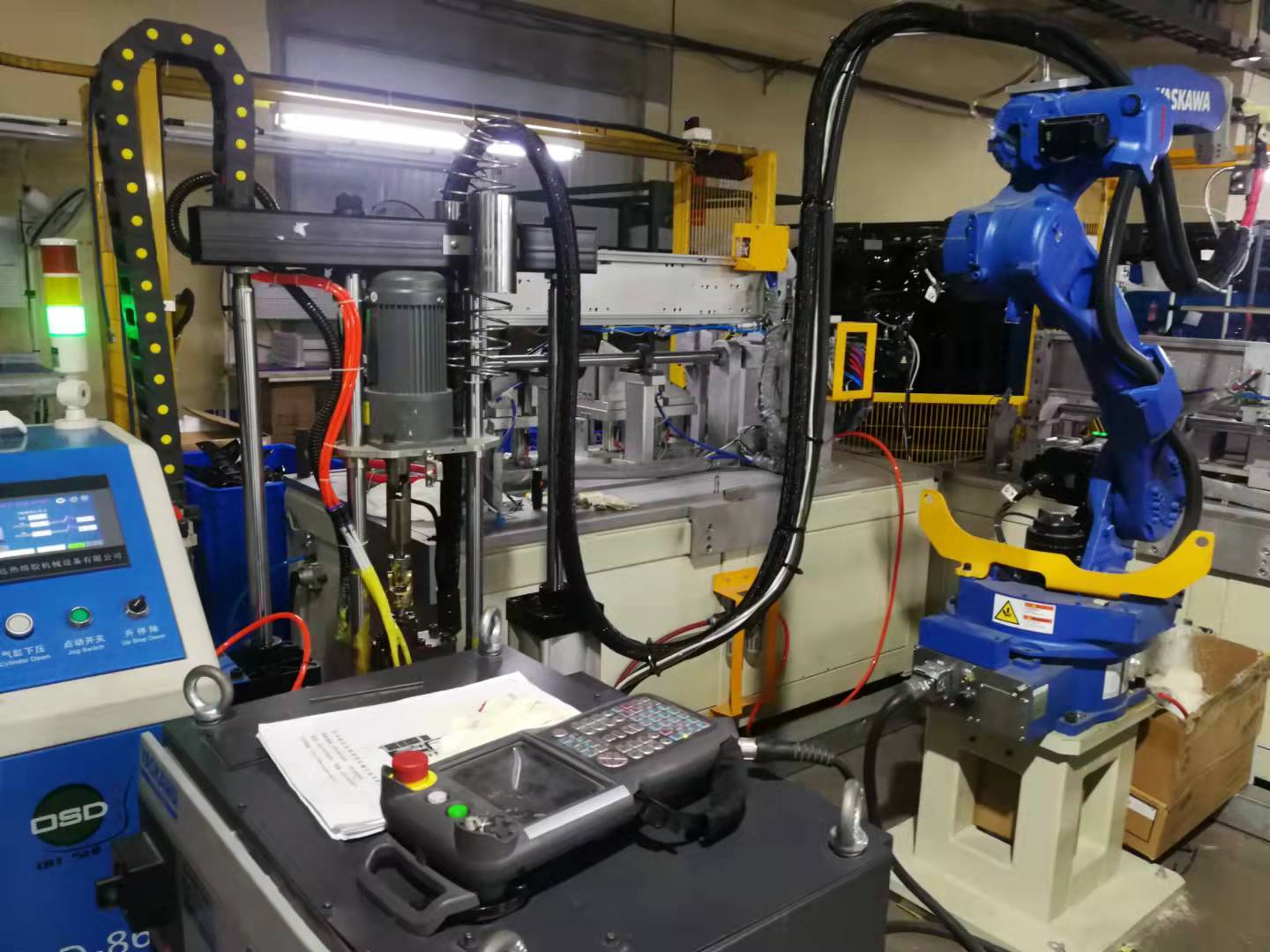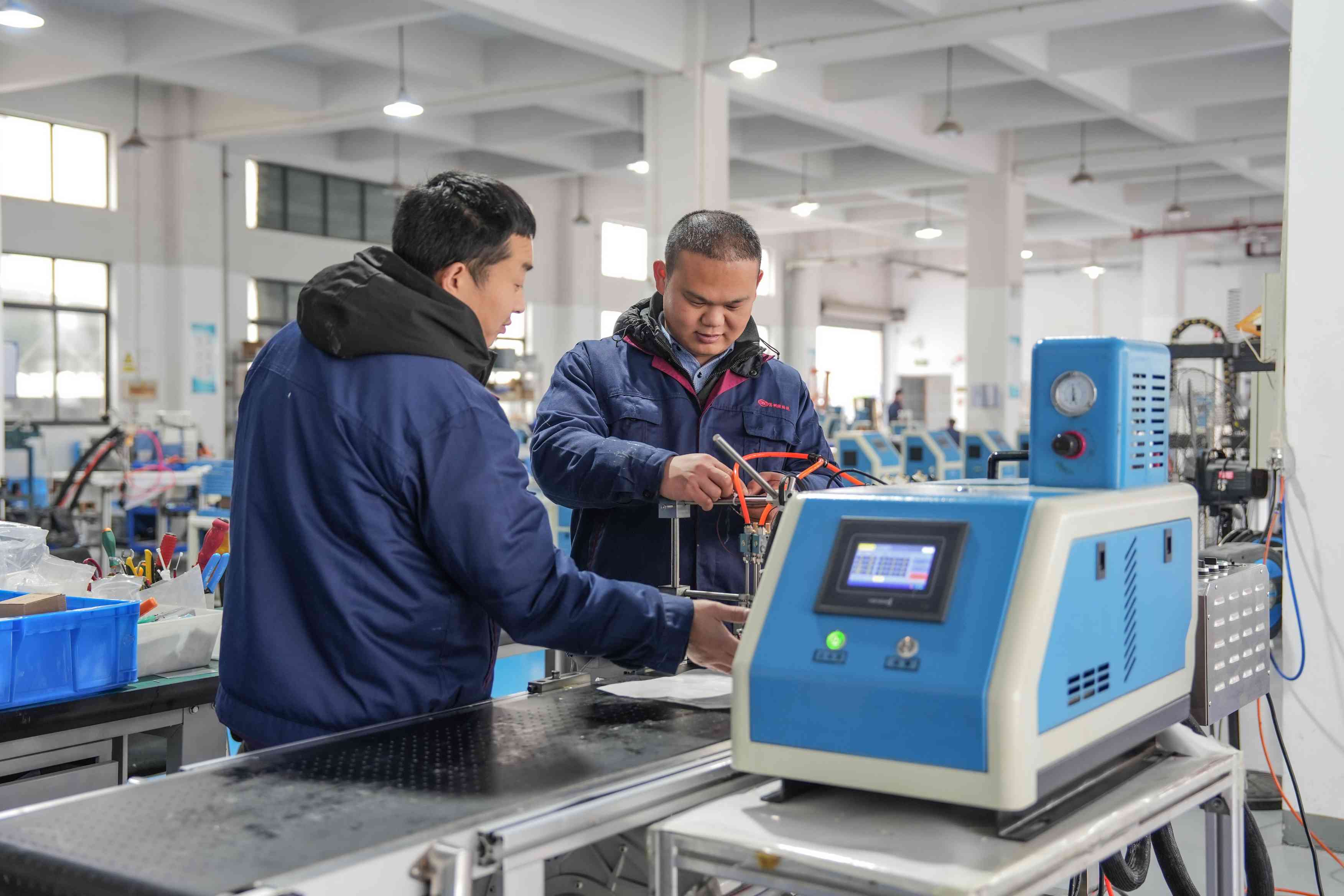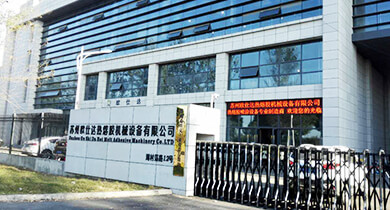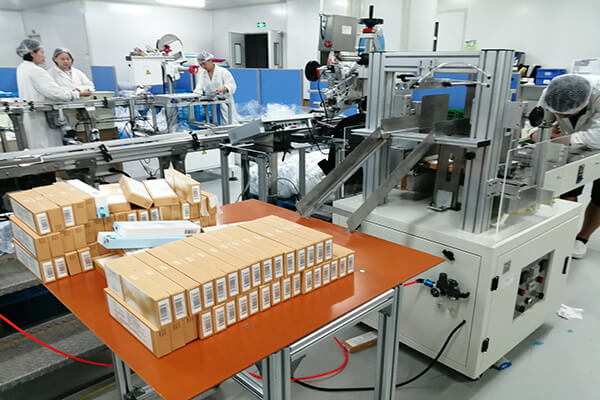Suzhou Oushida Hot Melt Machinery Equipment Co., Ltd.
18 years of experience in R&D and production of hot melt adhesive spraying equipment and automation equipment
18 years of experience in R&D and production of hot melt adhesive spraying equipment and automation equipment



Automatic dispensing machine is a professional equipment instead of manual dispensing, which has a wide influence in the industry. In industrial production, dispensing is required in many places, such as integrated circuits, semiconductor packages, printed circuit boards, color LCD screens, electronic components (such as relays, speakers), electronic components, automotive components and so on. Traditional dispensing is achieved by manual operations by workers. Dispensing processes are becoming more and more demanding in industrial production. Traditional dispensing is performed manually by workers. With the rapid development of automation technology, manual dispensing can no longer meet the needs of industry and is gradually replaced by automatic dispensing machines. Automatic dispensers are widely used in industrial production, such as integrated circuits, printed circuit boards, electronic components, automotive parts, handbags, and packaging boxes. The application of automatic dispensing machine has greatly improved production efficiency, improved product quality, and can realize some processes that manual dispensing cannot complete. To the extent of automation, the automatic dispenser can achieve three-axis linkage and intelligent work.

With the rapid development of automation technology, manual dispensing has been far from meeting industrial requirements. Manual dispensing has the disadvantages of complicated operation, slow speed, low accuracy, error-prone, and the inability to perform complex graphics operations, let alone production automation. The market of industrial glue dispenser requires a device that is fast, efficient, and accurate. Therefore, fully automatic dispensing robots have appeared.
With technology as the primary productivity, the emergence of fully automatic dispensing robots has brought unprecedented opportunities and development to the dispensing industry. In order to communicate easily and conveniently with the dispensing robot, and convey the idea to the robot, so that the robot moves according to the will of the person and the requirements of the dispensing process, a teaching programmer system has been invented. This teaching programmer can easily control the dispensing robot, send various motion instructions, and perform various graphic dispensing
The production of automatic dispensing machines goes back to the 1960s. In the case of plastic bottle extrusion, manual dispensing and even toothpick dispensing, many industries that require dispensing have produced huge defective products, causing batches Irreparable order losses, so in the 1960s, manual dispensers were born. With the development of automation technology, manual dispensers are far from meeting industrial needs. Machine came out. Technology is the primary productive force. The advent of automatic dispensers has greatly promoted industrial demand.
Automatic dispensing machine is to place a special glue in advance on the PCB board where the patch is needed to fix the chip components, and then wave soldering after curing. Dispensing is performed automatically according to the program.
1. Tube rotation glue control; ordinary, digital time controller.
2. The micro-point touch switch is set for the dispensing tip, which is easy to operate; it does not require air pressure and can work when connected to a power supply.
Automotive mechanical parts coating, cell phone button dispensing, cell phone battery packaging, laptop battery packaging, coil dispensing, PCB board bonding sealant, IC sealant, speaker outer ring dispensing, PDA sealant, LCD sealant, IC packaging , IC bonding, case bonding, optical device processing, mechanical sealing, etc.